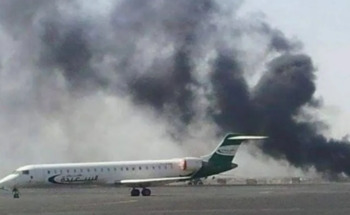-
Indonesia marks one year since deadly quake-tsunami disaster

Indonesia on Saturday marks one year since a devastating quake-tsunami disaster that pounded the city of Palu, killing more than 4,000 people.
Mass prayers are expected later in the day to remember victims of the 7.5 magnitude quake and subsequent deluge that razed swathes of the coastal city on Sulawesi island last September.
Some 4,300 people were listed as dead or missing while nearly 60,000 people are still living in makeshift accommodation after their homes were destroyed, according to the Red Cross.
The force of the impact saw entire neighborhoods leveled by liquefaction – a process where the ground starts behaving like a liquid and swallows up the earth like quicksand.
It also destroyed fishing boats, shops, and irrigation systems, robbing locals of their income.
Hundreds of damaged schools “are so badly affected they remain too dangerous to use, forcing children to learn in temporary classrooms where they have to attend in shifts due to a lack of space”, Save the Children said Saturday.
Earlier the World Bank offered the country up to $1 billion in loans to get the city back on its feet.
Indonesia is one of the most disaster-prone nations on Earth due to its position straddling the so-called Pacific Ring of Fire, where tectonic plates collide.
The Southeast Asian archipelago is also dotted with more than 100 volcanoes, including one that erupted between Java and Sumatra in late 2018 and unleashed a tsunami that killed more than 400 people.
On Boxing Day 2004, a 9.1-magnitude earthquake struck off the coast of Sumatra and triggered a tsunami that killed 220,000 across the Indian Ocean region, including around 170,000 in Indonesia.
You May Also Like
Popular Posts
Caricature
Syrians' concerns now
- December 10, 2024
Syrians' concerns now #Syria
#Bashar_al-Assad
#Liberation_of_Syria
#Syrians
#Future_of_Syria
#Levant_News

opinion
Report
ads
Newsletter
Subscribe to our mailing list to get the new updates!





















